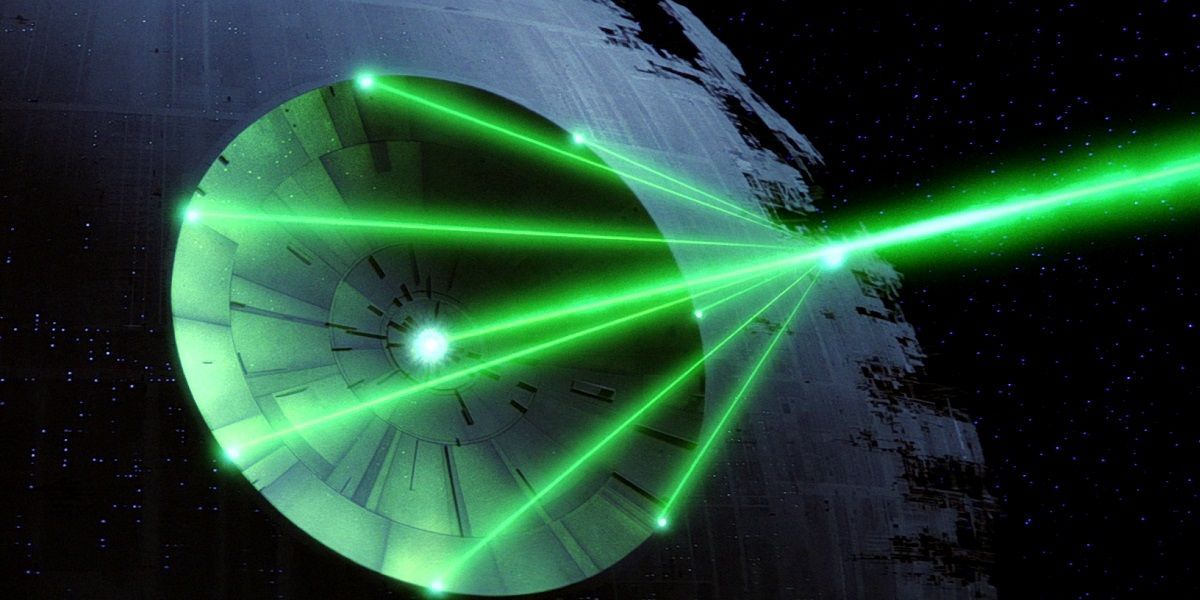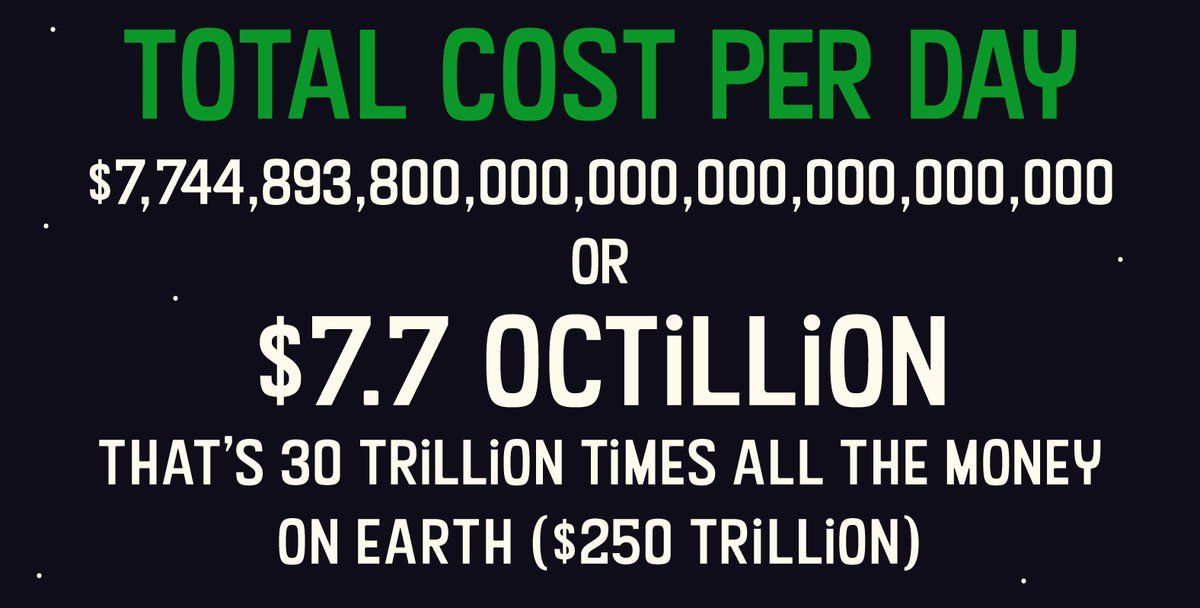The appeal of science fiction is owed partially to the limitless capacity of imagination. Our minds dream up worlds and possibilities that can’t exist, but come to life through the power of story. While we can use the stories told as a kind of mirror to our own world, we’re still quite a ways away from being able to planet hop on a whim, or even travel to a galaxy far, far away.
There’s no denying the impact Star Wars had on our conceptions of both sci-fi and fantasy. For almost 40 years now, our collective mythos has been influenced by tales of Jedi Knights and rebellions against evil empires, informing our basic understandings of good vs. evil. As far as imagination goes, the universe created by George Lucas, which continues soon with Rogue One: A Star Wars Story, is one of the most richly developed universes ever created. The beauty of limitless imagination is the ability to conceive of massive, moon-sized battle stations such as the Death Star without having to worry about the logistics of its operation. That doesn’t stop us from wondering what it would take in the real world, however, and now we have some idea.
In celebration of the upcoming release of Rogue One, British energy supply company Ovo Energy partnered with Stephen Skolnick, editor for the blog Physics Central, and Dartmouth professor Alexander Barnett to calculate the amount of energy necessary to power the Empire’s super weapon, as well as the real world cost for the energy. Using specs for the Death Star taken from Wookiepedia and StarDestroyer.net as well as information from the real world, Ovo broke down everything from housing costs and food to the ability to travel through Hyper Space. As you might expect, the costs would be astronomical.
They really left no stone unturned in their quest to calculate the costs, including everything from the number of light bulbs necessary to light the hallways (191,547,345,149 bulbs) to the cost of providing two cups of tea for every one of the 2,068,937 crew members aboard the Death Star (about $20,000). While these figures alone are staggering, nothing quite compares to the cost of jumping to Hyper Space, which comes in at $1.075920955596 x 10^23 per jump.
All told, the cost of running the Death Star comes in at a total of about $7.7 quintillion per day. As Ovo points out, that’s 30 trillion times the amount of money across all of Earth. While that amount of money is hard to fathom in the real world, that’s the benefit of limitless imagination. Lucas didn’t need to consider the practicality of the Death Star in order to make it feasible, and certainly he probably never expected anyone to put forth the effort in doing the math.
That something else that science fiction inspires though. As a whole, the genre inspires fan engagement with the same limitless zeal with which it appeals to the imagination. Star Wars in particular is well known for inspiring conversation, discussion, and arguments among the fans. One could argue that this type of engagement is pointless, but it’s also an interesting way to put a realistic flourish on the fiction we love.
Just as the best sci-fi holds a mirror up for audiences to see themselves, so, too, can we hold up a mirror of our own. The perspective we gain on the realities of our favorite fictional worlds helps us better understand how those worlds operate. It adds a layer of perspective to the workings of those worlds, and in this case truly shows what the Rebel Alliance was up against. Anyone willing to spend $7.7 quintillion day on one station alone has resources far beyond the scope of a group of rag tag rebels. That makes their victory all the more stunning, and all the more heroic.
Source: Ovo Energy






